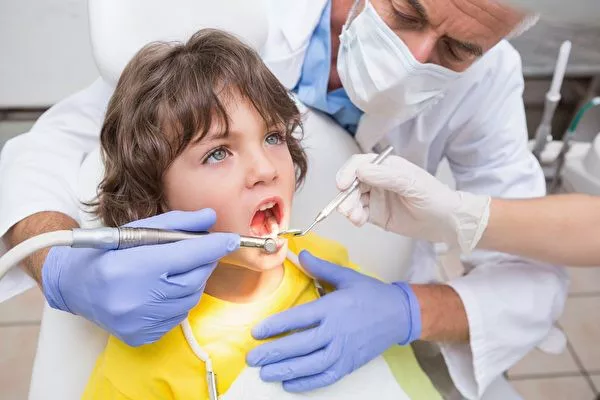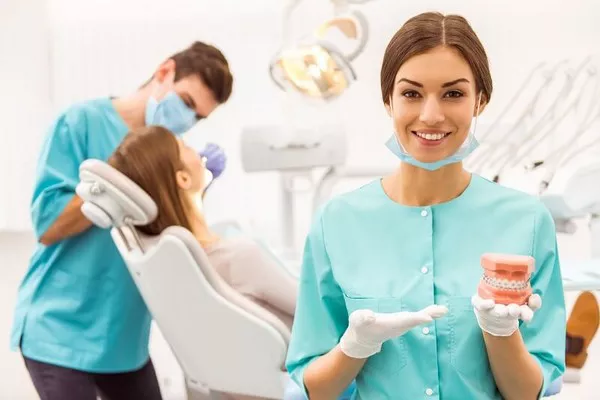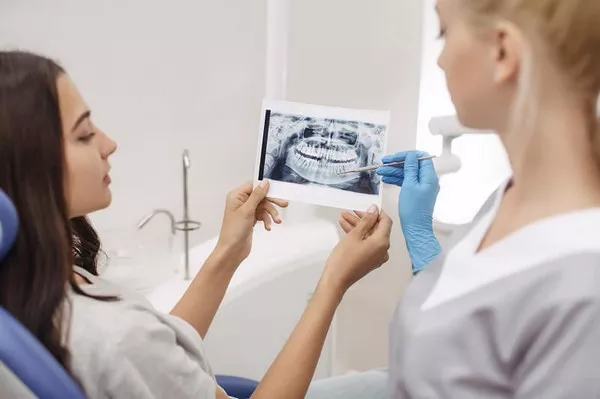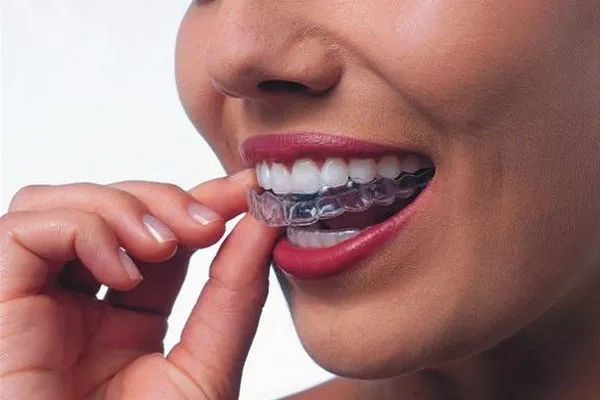A bright, white smile can boost confidence and make a lasting impression. However, many individuals find themselves facing the issue of tooth yellowing, which can be disheartening. The good news is that tooth yellowing is often treatable, but the degree of reversibility depends on various factors. In this article, we will explore the causes of tooth yellowing, the potential for reversal, and the strategies available to restore a whiter smile.
Understanding Tooth Yellowing
Tooth yellowing, also known as tooth discoloration, occurs when the enamel, the outermost layer of the tooth, becomes stained or discolored. The enamel’s natural color varies from person to person, but it is typically white or slightly off-white. Various factors contribute to tooth yellowing, including:
1. Diet
Consuming dark-colored beverages like coffee, tea, red wine, and cola can stain teeth over time. Highly pigmented foods like berries and tomato-based sauces can also contribute to staining.
2. Tobacco Use
Smoking or using other tobacco products can lead to severe tooth discoloration due to the tar and nicotine they contain. These substances can adhere to teeth and create stubborn stains.
3. Poor Oral Hygiene
Inadequate brushing, flossing, and dental check-ups can result in the buildup of plaque and tartar, which can cause teeth to appear yellow. Plaque and tartar can also make it easier for stains to take hold.
4. Aging
As we age, the enamel on our teeth naturally wears down, revealing the yellowish dentin beneath. This process is entirely normal, but it can be accelerated by other factors, such as diet and lifestyle choices.
5. Medications
Certain medications, such as tetracycline antibiotics and antihypertensive drugs, can cause tooth discoloration. These stains can be challenging to reverse.
6. Genetics
Genetics can play a role in tooth color. Some individuals are genetically predisposed to have naturally yellowish or off-white teeth.
7. Trauma
Injuries to the teeth can cause discoloration. When the pulp inside a tooth becomes damaged due to trauma, it can darken the tooth from the inside, making it appear yellow or gray.
The Reversibility of Tooth Yellowing
The reversibility of tooth yellowing depends on several factors, including the cause, the extent of discoloration, and the treatment options available. Here’s a closer look at the possibilities:
1. Surface Stains
Surface stains caused by food, beverages, or tobacco use are often the most reversible. Regular dental cleanings, good oral hygiene practices, and professional teeth whitening treatments can effectively remove these stains and restore a whiter appearance.
2. Intrinsic Stains
Intrinsic stains, which occur within the tooth structure, can be more challenging to reverse. Stains caused by medications, genetics, or trauma may require more advanced treatment options, such as dental bonding, veneers, or crowns, to conceal the discoloration.
3. Enamel Erosion
Enamel erosion, which can result from acidic foods and drinks or a lack of proper oral care, can make teeth appear more yellow. In some cases, enamel erosion may be reversible through improved oral hygiene and dietary choices. However, once enamel is lost, it cannot be fully restored.
4. Aging
Age-related yellowing due to natural enamel thinning is generally not reversible. However, the appearance of aging-related discoloration can be improved with professional teeth whitening or cosmetic dental procedures.
5. Trauma-Induced Stains
Tooth discoloration caused by trauma to the tooth’s pulp may require more extensive treatments, such as root canal therapy followed by tooth restoration. The extent of reversibility depends on the severity of the injury.
Strategies for Restoring a Whiter Smile
If you’re concerned about tooth yellowing and wish to restore a whiter smile, there are several strategies to consider:
1. Professional Teeth Whitening
Professional teeth whitening treatments, available through your dentist, are effective at removing surface stains and brightening your teeth. These treatments can be tailored to your specific needs and can provide noticeable results in a short period.
2. Dental Bonding
Dental bonding involves applying a tooth-colored resin to the surface of the teeth and then sculpting and polishing it to conceal stains and improve tooth color. It is an excellent option for addressing mild to moderate intrinsic stains.
3. Porcelain Veneers
Porcelain veneers are thin shells custom-made to cover the front surface of teeth. They can hide a variety of cosmetic issues, including severe tooth discoloration and staining that may not respond to other treatments.
4. Crowns
Dental crowns, also known as caps, can be used to cover extensively discolored or damaged teeth. They provide both cosmetic enhancement and structural support for weakened teeth.
5. Maintain Excellent Oral Hygiene
Preventing future tooth yellowing is essential. Maintain a proper oral hygiene routine, including brushing, flossing, and regular dental check-ups. Avoid or limit foods and drinks that can stain your teeth.
6. Dietary Choices
Limit the consumption of foods and beverages that can stain your teeth, such as coffee, tea, and red wine. Rinse your mouth with water after consuming these items to help reduce staining.
Conclusion
Tooth yellowing can have a significant impact on your confidence and overall self-esteem. Fortunately, many cases of tooth yellowing are reversible or can be effectively treated through various dental procedures and lifestyle changes. The key is to identify the cause of discoloration and consult with your dentist to determine the most suitable treatment options for your specific needs. With the right approach, you can enjoy a whiter, more radiant smile and the confidence that comes with it.
Related Topics:




























